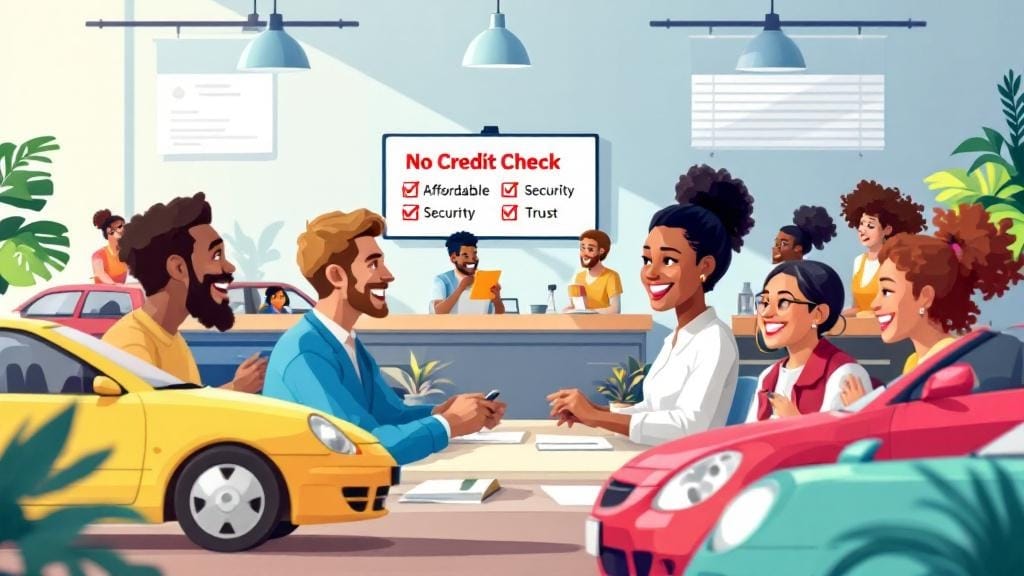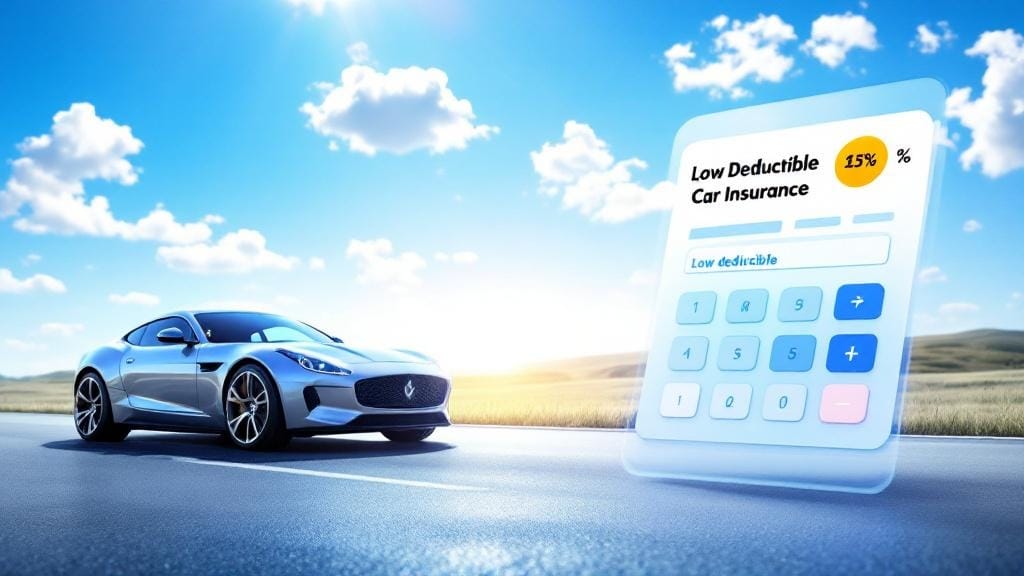If you’re overwhelmed by bills and tired of juggling payments, you’re not alone. Millions of people in the U.S. are facing financial stress and looking for ways to break free. Fortunately, debt relief programs can offer a fresh start. These programs help reduce, restructure, or even forgive your debt—so you can finally breathe again.
In this comprehensive guide, we’ll explore the most effective debt relief options available today, whether you’re dealing with credit cards, medical bills, or personal loans. You’ll also find trusted resources, helpful tips, and answers to common questions about how to get out of debt fast.
🔎 What Are Debt Relief Programs?
Debt relief programs are structured solutions designed to help individuals reduce or eliminate their unsecured debts—like credit cards, personal loans, and medical bills. These programs may lower your monthly payments, reduce interest rates, settle your debts for less than what you owe, or consolidate multiple balances into one easy payment.
There are several types of debt relief options available depending on your income, debt type, and financial hardship.
💡 Who Should Consider a Debt Relief Program?
If you’re experiencing any of the following, a debt relief program might be a smart move:
You’re struggling to make minimum payments.
You’re facing financial hardship due to job loss, illness, or divorce.
Your credit cards are maxed out.
You’re falling behind on payments and getting calls from collection agencies.
You’ve tried budgeting, but the debt keeps growing.
🛠️ Types of Debt Relief Programs
Let’s break down the most effective debt relief programs and how they work.
✅ 1. Credit Card Debt Relief Programs
If credit cards are your main concern, there are multiple options to ease the burden:
🌀 Balance Transfer Cards
Transfer high-interest credit card debt to a 0% APR balance transfer card and pay it off interest-free during the promo period.
🧾 Debt Consolidation Loans
Personal loans used to consolidate debt into a single monthly payment with a lower interest rate.
🧩 Debt Management Plans (DMPs)
Offered by nonprofit credit counseling services, these plans combine your payments and negotiate better terms with creditors.
✅ 2. Debt Settlement Plans
In a debt settlement program, a company negotiates with your creditors to settle your debts for less than you owe.
Pros: May significantly reduce total debt
Cons: May hurt your credit score temporarily
Best for: Those who can’t keep up with payments and want a faster way to get out of debt
✅ 3. Government Debt Relief Programs
While there’s no one-size-fits-all government program for all personal debts, there are federal debt relief options for specific cases:
Student Loan Forgiveness – Public Service Loan Forgiveness (PSLF), Income-Driven Repayment (IDR) forgiveness
Emergency Assistance – Some states offer emergency debt relief assistance for low-income families or during disasters
Bankruptcy Alternatives – Legal programs like Chapter 13 that can help reorganize your debts
✅ 4. Nonprofit Debt Relief Programs
Nonprofit credit counseling agencies are among the most trustworthy debt relief providers. Services they offer include:
Free debt consultation
Budget counseling
Debt management plans
Education on avoiding debt in the future
Look for agencies accredited by the National Foundation for Credit Counseling (NFCC) or Financial Counseling Association of America (FCAA).
✅ 5. Debt Relief Programs for Low Income Individuals
If you’re low-income or unemployed, certain programs can help:
Nonprofit organizations often provide sliding-scale or free services
Government hardship grants and rent/utility relief
Faith-based debt relief services and local community assistance programs
These are ideal financial hardship solutions for families living paycheck to paycheck.
✅ 6. Debt Consolidation and Relief Loans
Consolidating all your debts into a single loan can:
Simplify your payments
Reduce your interest rate
Improve your credit over time
Just make sure to choose accredited debt relief providers or well-reviewed financial institutions. Some of the best debt relief companies also offer loan services as part of their package.
🧠 Real-Life Example
Sarah, a single mom in Texas, had over $25,000 in credit card debt after losing her job during the pandemic. She enrolled in a nonprofit debt management plan through an NFCC-certified agency.
Her interest rates dropped from 23% to 8%, and her monthly payment fell from $800 to $450. She was debt-free in just over four years, with no damage to her credit.
📋 How to Choose the Right Debt Relief Program
When picking a debt relief program, ask yourself:
What type of debt do I have?
Can I afford to keep making payments?
Do I want to preserve my credit score?
Am I eligible for government or nonprofit help?
Also, look for:
Accreditation from NFCC or FCAA
Transparent fees
Strong customer reviews
Personalized debt consultation
🛑 Warning: Avoid Debt Relief Scams
Stay away from companies that:
Guarantee results
Ask for payment upfront
Use high-pressure sales tactics
Don’t disclose licensing or accreditation
Always check the Better Business Bureau (BBB) and Consumer Financial Protection Bureau (CFPB) before signing up.
📈 Benefits of Enrolling in a Debt Relief Program
Lower monthly payments
Reduced interest rates
Faster debt payoff
Relief from collection calls
Better financial habits and education
❌ When Debt Relief May Not Work
If most of your debt is secured (like a car or mortgage)
If you’re only behind by 1-2 months (you may not qualify)
If you’re expecting a large upcoming expense
In these cases, consider credit counseling services first.
📞 How to Get Started Today
Request a free debt consultation from a nonprofit or accredited company.
Gather your bills, statements, and credit report.
Discuss your options with a certified counselor.
Enroll only after fully understanding the fees, timeline, and process.
You don’t have to face this alone—help is out there.
🙋 Frequently Asked Questions (FAQs)
❓ What are the best debt relief programs available?
The best programs depend on your needs. For general unsecured debt, nonprofit debt management plans and debt consolidation loans are great starting points. For extreme cases, debt settlement may offer faster relief.
❓ Are government debt relief programs real?
Yes, but they are typically targeted—like student loan forgiveness or emergency rental assistance. There is no general government program for credit card debt.
❓ Can I qualify for debt relief programs with low income?
Absolutely. Many debt relief programs for low income individuals are available through nonprofits, religious groups, or local governments. A free consultation can help you explore your options.
❓ What are nonprofit debt relief programs?
These are offered by certified nonprofit agencies. They provide budget counseling, debt management plans, and education to help you regain control—often at little or no cost.
❓ How do I find accredited debt relief providers?
Look for certifications from organizations like:
NFCC
FCAA
BBB accreditation
State licensing boards
Never trust a company that can’t show you proof of credibility.
❓ Will a debt relief program hurt my credit?
It depends. Debt consolidation loans and management plans usually have little to no negative impact. Debt settlement may cause a temporary dip, but your credit can recover as you pay off debt.
❓ What are some bankruptcy alternatives?
Besides debt relief programs, bankruptcy alternatives include:
Credit counseling
Debt consolidation
Loan deferment
Refinancing
These options protect your credit and give you more flexibility.
🏁 Final Thoughts: Find Your Path to Financial Freedom
Debt relief programs are not a one-size-fits-all solution—but they are a lifeline for many. Whether you’re buried in credit card debt, struggling with bills, or just want to simplify your finances, there’s a program that can help.
Start by getting a free debt consultation from a reputable, nonprofit provider. With the right plan, support, and mindset, you can regain control—and move toward a debt-free life.








Comments (0)